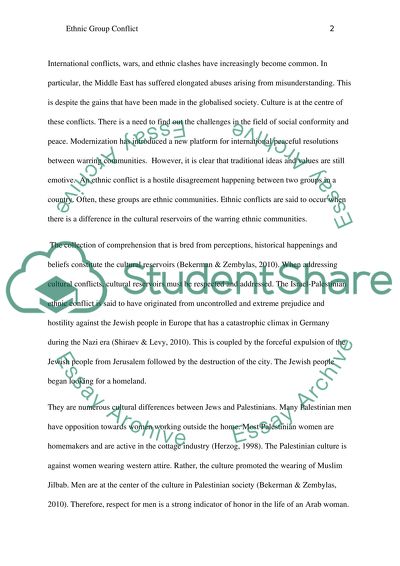Cite this document
(“Ethnic Group Conflict Paper Essay Example | Topics and Well Written Essays - 1750 words”, n.d.)
Retrieved from https://studentshare.org/psychology/1466705-ethnic-group-conflict-paper
Retrieved from https://studentshare.org/psychology/1466705-ethnic-group-conflict-paper
(Ethnic Group Conflict Paper Essay Example | Topics and Well Written Essays - 1750 Words)
https://studentshare.org/psychology/1466705-ethnic-group-conflict-paper.
https://studentshare.org/psychology/1466705-ethnic-group-conflict-paper.
“Ethnic Group Conflict Paper Essay Example | Topics and Well Written Essays - 1750 Words”, n.d. https://studentshare.org/psychology/1466705-ethnic-group-conflict-paper.


